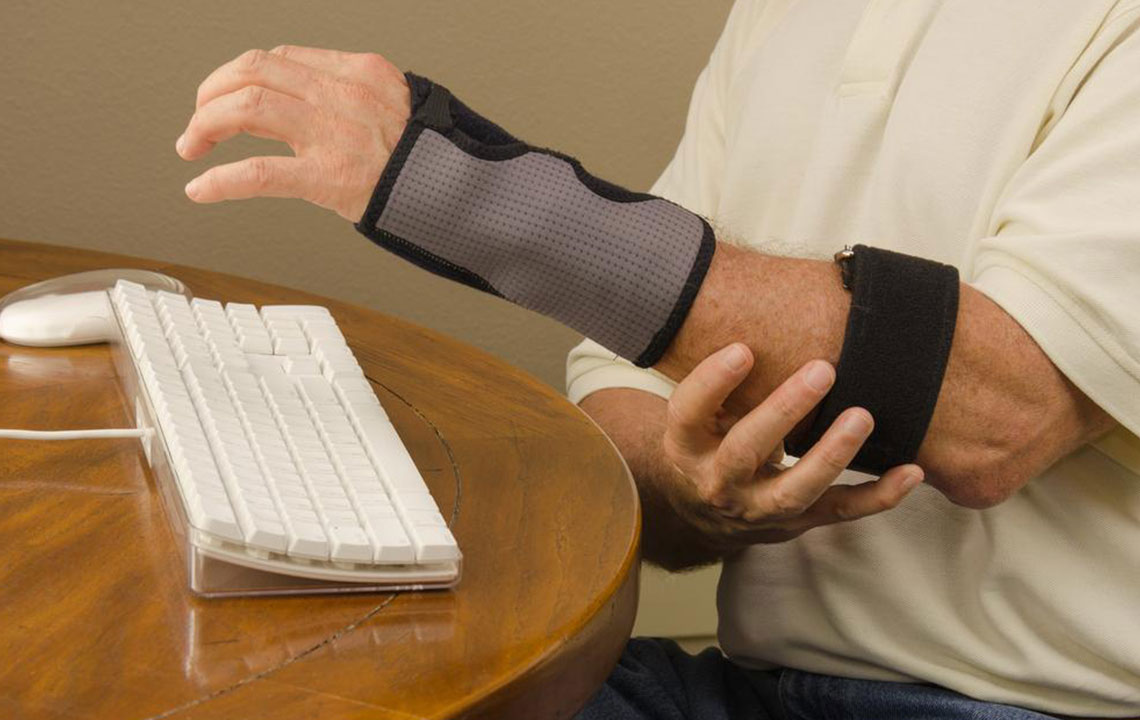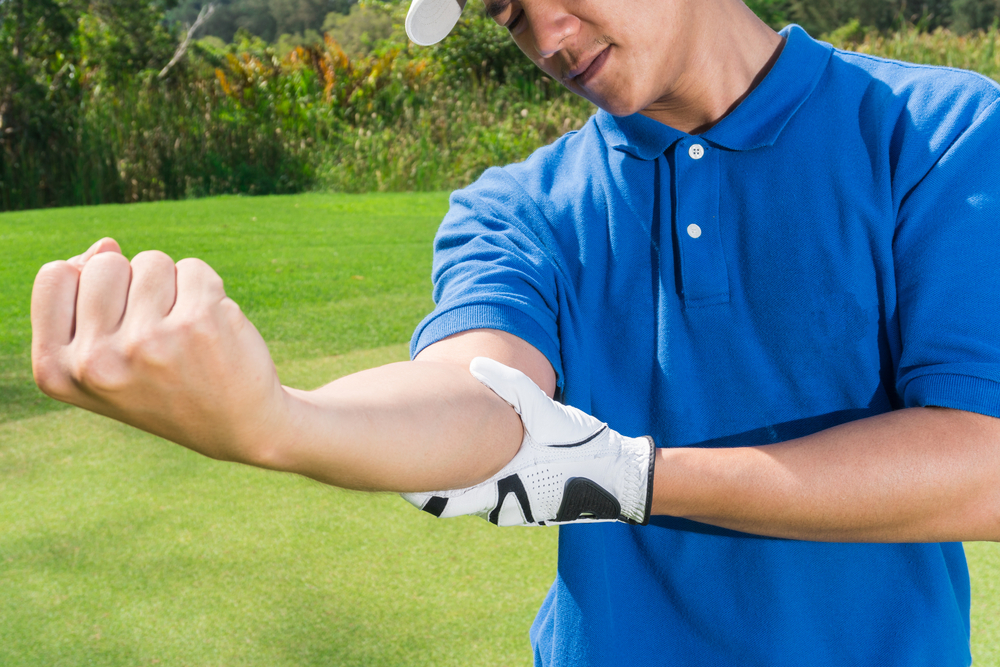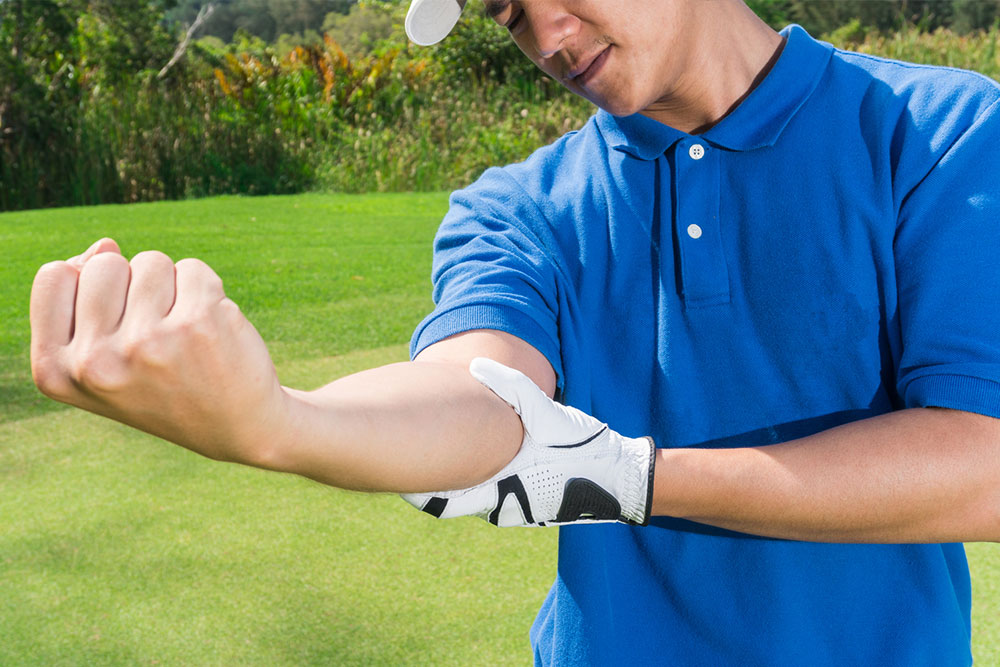Comprehensive Guide to Tennis Elbow: Symptoms, Diagnosis, and Effective Recovery Strategies
This comprehensive guide explores tennis elbow, detailing its symptoms, causes, diagnosis, and treatment options. It emphasizes the importance of early recognition, proper use of braces, physical therapy, and lifestyle adjustments to ensure effective recovery. Whether you're a tennis player or engage in manual activities, understanding how to manage tennis elbow can help prevent chronic issues and promote faster healing, restoring elbow function and alleviating pain efficiently.

Understanding Tennis Elbow: Symptoms, Causes, and Recovery Methods
If you're passionate about playing tennis or engaging in other racket sports, you've likely heard of the term 'tennis elbow.' However, many are uncertain about what exactly this condition entails. Tennis elbow, medically known as lateral epicondylitis, is a prevalent overuse injury that results in pain and inflammation on the outer part of the elbow. It primarily affects athletes and individuals who perform repetitive arm movements involving gripping, wrist twisting, or striking motions. Recognized as a form of tendinitis, tennis elbow can develop either suddenly due to acute injury or gradually over time due to repetitive strain. Understanding its causes, symptoms, and treatment options is crucial for effective management and recovery.
This condition involves excessive strain on the tendons connecting the forearm muscles to the lateral epicondyle of the elbow. Activities involving repetitive gripping, wrist extension, or forearm rotation are common culprits. For tennis players, poor technique during backhand strokes, improper wrist positioning during powerful serves, or late forehand swings can contribute significantly to the development of tennis elbow. Outside of sports, activities such as hammering, painting, gardening, or manual labor can also induce this injury. Recognizing early symptoms allows for prompt intervention, reducing the risk of chronic problems.
Supporting recovery often involves using a tennis elbow brace, designed to stabilize and protect the affected tendons. These braces act as external support, limiting unnecessary movement while alleviating strain on inflamed tissues. Proper use of braces can significantly accelerate healing and prevent further injury. In addition to braces, various treatment approaches exist, tailored to the severity of the condition and individual needs.
Signs and Symptoms of Tennis Elbow
The hallmark symptom of tennis elbow is pain localized on the outer part of the elbow, which may radiate down the forearm. This discomfort is often tender to touch, especially around the lateral epicondyle—the bony prominence on the outer elbow. Individuals might experience muscle weakness in the forearm muscles responsible for extending the wrist and fingers, leading to difficulty performing everyday tasks like gripping a coffee cup, turning a doorknob, or typing. Pain generally worsens with movements that involve gripping, lifting, or wrist extension, and may be accompanied by a burning sensation.
In acute cases, the pain manifests immediately after specific activities that overstress the tendons, such as hitting a tennis ball hard or performing manual work without proper technique. Over time, repetitive movements can cause micro-tears in the tendons, resulting in a chronic form of tennis elbow characterized by persistent soreness and weakness. Recognizing early signs and seeking timely treatment increases the likelihood of full recovery.
Diagnostic and Treatment Strategies for Tennis Elbow
Diagnosing tennis elbow involves a thorough medical history review and physical examination by a healthcare professional. They typically assess pain points, muscle strength, and range of motion. To rule out other potential causes of elbow pain—like nerve compression or cervical spine issues—imaging tests such as X-rays or MRI scans may be necessary. These diagnostics help confirm the diagnosis and exclude other conditions requiring different treatment approaches.
Treatment plans focus on reducing inflammation, alleviating pain, and restoring function. Immediate care often employs the P.R.I.C.E. method, which stands for Protect, Rest, Ice, Compress, and Elevate, especially in the initial 72 hours post-injury. Resting the affected arm is crucial to prevent further stress on the tendons. Applying ice packs reduces swelling and pain; compressive bandages support the tissues; and elevating the limb helps decrease inflammation.
In addition to self-care, physical therapy is recommended to strengthen the forearm muscles and improve flexibility. Massage therapy, performed by trained specialists, can assist in breaking down scar tissue and promoting blood flow once inflammation subsides. Nonsteroidal anti-inflammatory drugs (NSAIDs), such as ibuprofen or acetaminophen, are effective for pain relief. For more persistent cases, advanced therapeutic modalities like ultrasound therapy, laser treatment, acupuncture, or corticosteroid injections may be utilized under medical supervision.
Effective Support Devices for Tennis Elbow Recovery
Using supportive braces is an essential part of managing tennis elbow. They help stabilize the elbow, reduce stress on the tendons, and facilitate faster healing. Several types of braces are available, each serving specific needs and preferences:
Epicondylitis Clasp
This specialized strap applies targeted pressure just below the painful area, effectively offloading stress from the inflamed tendons. Favored by professional athletes for its precision, it provides optimal compression when fitted correctly. Despite being more expensive, its effectiveness in reducing symptoms makes it highly valued among sports enthusiasts.
Tennis Elbow Strap
This adjustable, lightweight strap is worn around the forearm, typically just below the elbow. It compresses the forearm muscles, decreasing the load transmitted to the lateral epicondyle during activity. Its affordability and ease of use make it a popular choice among amateur athletes and individuals seeking everyday relief.
Tennis Elbow Sleeve
This full-elbow compression sleeve covers the entire affected area, offering support, warmth, and improved circulation. Wearing a sleeve can help prevent re-injury during physical activity and provide ongoing stabilization during recovery. It's particularly useful for those who prefer a snug fit with added compression and warmth.
Incorporating the use of braces with proper rest, stretching, and strengthening exercises forms a comprehensive strategy to manage tennis elbow efficiently. An early start to treatment and consistent use of supportive devices can significantly reduce recovery time, allowing individuals to return to their normal routines with minimized discomfort.




